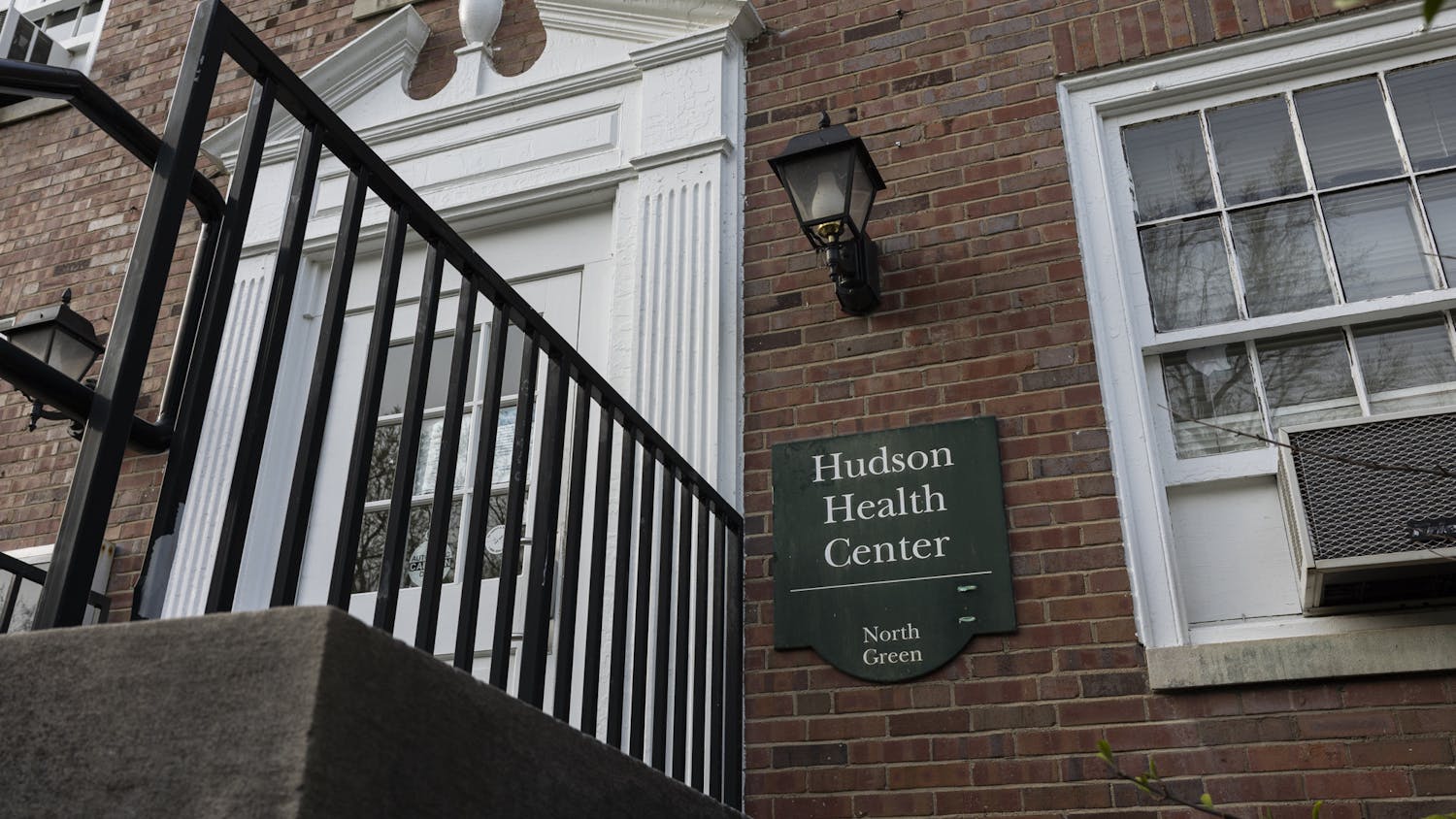John Kasich’s proposed budget may affect tuition rates and survivor advocacy funding.
If Gov. John Kasich gets his way, public universities in Ohio will not be able to raise tuition for the 2017-18 academic year.
But that’s not the case for students at Ohio University.
Kasich has proposed a freeze on tuition hikes as part of his two-year budget.
But OU could bypass that because legislators approved a different way to determine tuition hikes at universities that offer a flat tuition rate program.
At OU, that program is dubbed the “OHIO Guarantee” and goes into effect for next year’s incoming freshmen. University officials have said the program would allow them to provide students a better way to budget for their college degrees.
Flat rate tuition programs can’t increase tuition by more than the state tuition cap plus the five-year average of inflation, according to state law.
The most recent five-year rate of inflation was 2 percent, according to the U.S. Bureau of Labor Statistics.
With that model, at minimum, OU could increase tuition by 2 percent for students in the “OHIO Guarantee” program. Current OU freshmen, who will be seniors during the 2017-18 academic year, will be the only class that benefits from the proposed tuition freeze.
Eric Burchard, OU’s director of government relations, said OU did not ask to be exempt from the tuition caps because of its guarantee program.
Last month, OU raised tuition for students who will enroll this fall by 5.1 percent (though officials could have raised it up to 6 percent) and for continuing students by 2 percent (the state cap on tuition increases for students enrolled in a non-flat rate tuition program).
“This is not about a tuition raising strategy,” said Stephen Golding, OU’s vice president for Finance and Administration.
Golding said the decision to pick 5.1 percent was a “guesstimate” based on how tuition rates at other Ohio public universities will change over the next four years. Further, “we have not removed the volatility within the budget process” because OU is still subject to state caps and once the guarantee is fully implemented, cannot tweak current students’ tuition rates,” Golding said.
Next year’s in-state freshmen will pay $11,548 in tuition and fees. That comes out to $46,192 over four years. Continuing students will pay $10,748 in tuition and fees, $211 more than this year.
OU is projecting tuition increases for next year will bring $5.7 million in new revenue, said Chad Mitchell, OU’s budget director.
Sexual assault prevention
Kasich’s proposed budget includes $2 million to combat sexual assault on college campuses in Ohio.
The proposed budget comes while some students are concerned over how OU’s Survivor Advocacy Program is set to run out of funding in October. OU officials have said the program is, “a priority.”
Kat Wargo, program coordinator for Survivor Advocacy Outreach Program, said she is “really excited” about the proposed funding.
OUSAP provides, “a greater understanding of sexual violence prevention to help increase provision of survivor services,” Wargo said.
Members of the Survivor Advocacy Outreach Program are also happy the state is realizing sexual assault is an issue that needs attention in Ohio and on college campuses, Wargo said.
State Funding
Kasich wants more money in the state’s pool of money for state schools. He proposed a 2 percent increase to the pot, totaling $1.86 billion.
But officials project OU will likely receive fewer state dollars than years previous because of a new state formula that dictates how much money universities receive.
Tuition and state funding are typically universities’ primary revenue sources.
Officials are unsure whether that trend will continue.
Officials predicted OU would receive $151 million from the state for FY16, about a $3.5 million decrease in funding from the current fiscal year, Golding said.
However, State Share of Instruction provides financial support and is divided to state colleges and universities.
“The review of the new SSI formula is an ongoing process,” Burchard said.
President Roderick McDavis, along with other university leaders, has been discussing ways to better allocate money between the schools.
“We’ve tweaked (the formula) a little bit, and so that has caused us not to get the same amount this current fiscal year for the next fiscal year,” McDavis said.
Institutions receive its funding from the same pool of money, so when one institution receives more money, another receives less.
“It’s been to our benefit as an institution,” Mitchell said. “Our overall share of that dollar amount has gone up, which means that everyone else has gone down and they’ve not been exactly happy about that.”
OU officials are unsure how Kasich’s recommendations will affect OU’s SSI.
“Those considerations are being studied and we really won't have a good handle on that until later in the spring when we get the data … we're able then to marry that with what the legislature does with SSI,” Golding said.
Tuition and state funding are typically universities’ primary revenue sources.
@WillDrabold
dd195710@ohio.edu
@megankhenry
mh573113@ohio.edu
@dinaivey
db794812@ohio.edu






